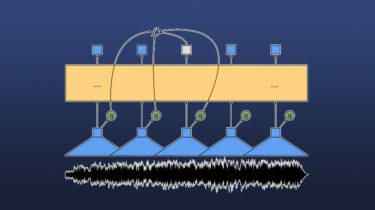Python: Get Number of Days Between Dates
Introduction In this tutorial, we’ll take a look at how to get the number of days between two dates in Python. We’ll be using the built-in datetime package, that allows you to really easily work with datetime objects in Python. Creating a Datetime Object As datetime is a built-in module, you can access it right away by importing it at the top of your Python file. You can construct datetime objects in a few different ways: from datetime import datetime […]
Read more
